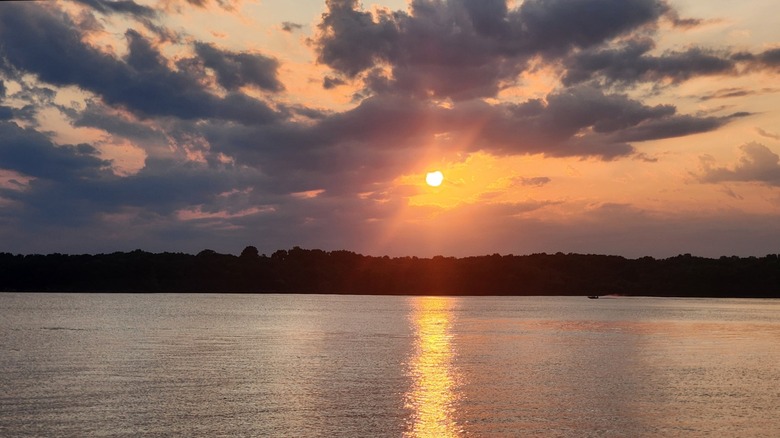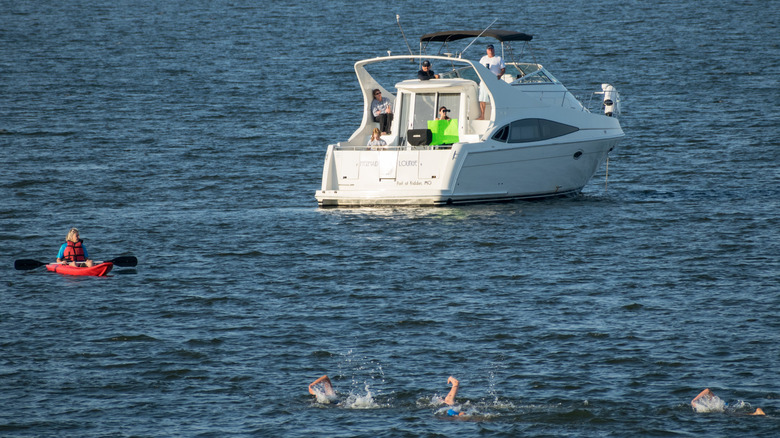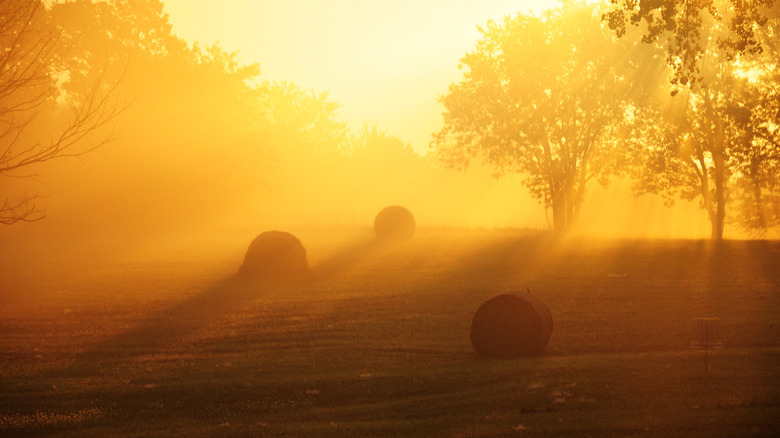Missouri's Recreational Lake Near Kansas City Is An Idyllic Beach Destination To Hike, Camp, And Fish
Nothing epitomizes the essence of a Midwest summer like a sun-drenched day cruising on the lake. Many might imagine trips to the most beautiful retreats on the Great Lakes or a resort town like Osage Beach on the Lake of the Ozarks, but there's another hidden gem that many don't know about. Smithville Lake, just a half-hour drive from Kansas City, Missouri, is stealing the show.
The nearly 7,200-acre reservoir is a dream come true for adventure seekers as it offers a diverse array of recreational activities, including hiking, camping, and fishing. Whether you decide to explore by land or on the water, Smithville has something for just about anyone. The heart of town boasts interesting attractions and establishments that cater to both locals and visitors alike.
Beyond the water, you can explore its Main Street, which offers a distinct small-town feel. It's dotted with historic buildings, unique shops, art galleries, and local restaurants, so you'll have plenty to peruse beyond spending your days on the lake. Just a short drive from Kansas City International Airport, Smithville Lake is truly a hidden gem of the Midwest.
Smithville Lake is an adventure seeker's paradise
If you love to hike, you're in for a treat. Smithville Lake, located east of the cute small town of Weston, offers more than 60 miles of trails for walking, biking, and horseback riding. The walking trails are laid with asphalt, while the trails for biking and riding feature unpaved terrain. Smithville Lake's two beaches, Camp Branch Beach and Little Platte Beach, provide access to campgrounds and a nearby golf complex. "We had everything we could want while camping and just absolutely loved camp branch will definitely be back," said one visitor in a Tripadvisor review.
The miles of sandy beaches are exceptionally family-friendly and a great spot to host a cookout or throw a party. Plus, you'll find amenities like showers, changing rooms, and restrooms to make your visit extra comfortable. With two full-service marinas and one designated just for sailboats, Smithville Lake is also a hot spot for boaters and anglers. At the time of this writing, you can visit the beaches and marinas anytime from May 1 to September 15. Due to safety concerns, glass containers, pets, and alcohol are not permitted around the waters of Smithville Lake.
Small-town charm in the heart of Smithville
Soak up warm sunshine while boating, hike along the trails, camp near the lake under starry skies, and keep exploring all Smithville has to offer. Head to the charming Main Street Smithville Farmers & Makers Market, where you can buy fresh produce, honey, art, and local crafts. The market is open Wednesdays from 4:30 p.m. to 7:30 p.m. from June through the second Wednesday in September.
After spending a day on the water, grab a bite to eat at KoZak's Laketown Grill, a top spot among locals for American cuisine. Made-from-scratch burgers, fried green tomatoes, and catfish dinner are among the crowd favorites. Close by, you'll also find Lagoda Ridge Winery, a family-friendly vineyard and winery serving regional vino along rolling hills. Here, you can listen to live music and take in the gorgeous scenery.
Whether you visit Smithville for a long weekend of fishing, boating, or exploring its Main Street, getting there is super easy thanks to Kansas City being just a short drive away. The city's international airport is located less than 20 minutes from the lake. If you're an out-of-state visitor, simply rent a car from the airport and begin your Midwest adventure at this idyllic beach destination.


